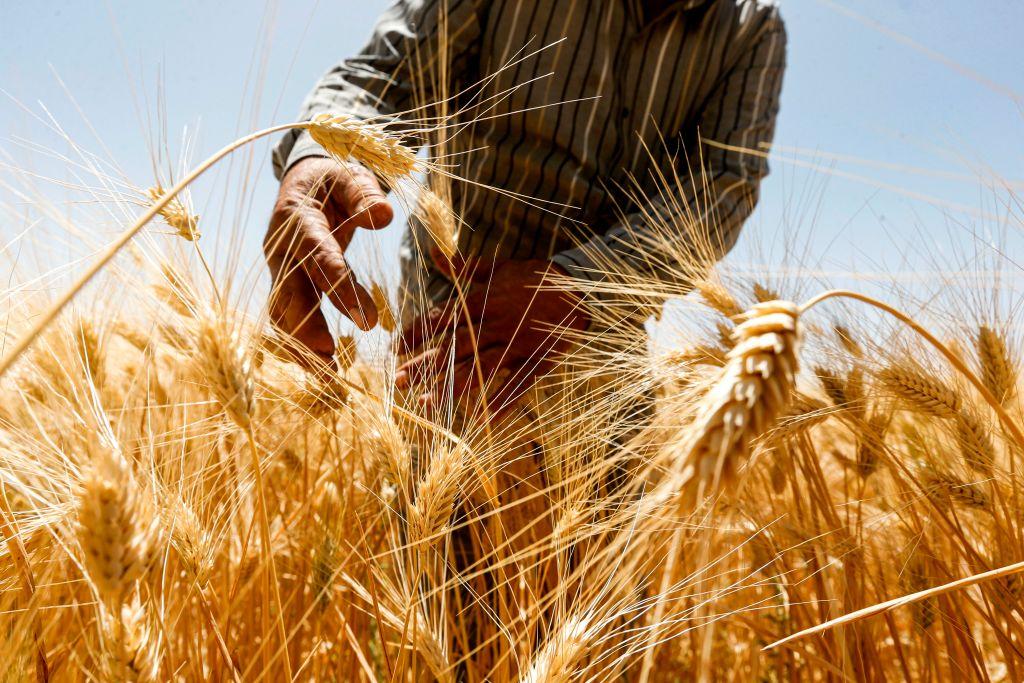Australian researchers have discovered a new method that could allow the growth of more wheat in harsher climates, according to a new report.
Published in the Nature Climate Change journal, the research found a potential strategy revolving around sowing wheat earlier and deeper, by taking advantage of stored soil water.





